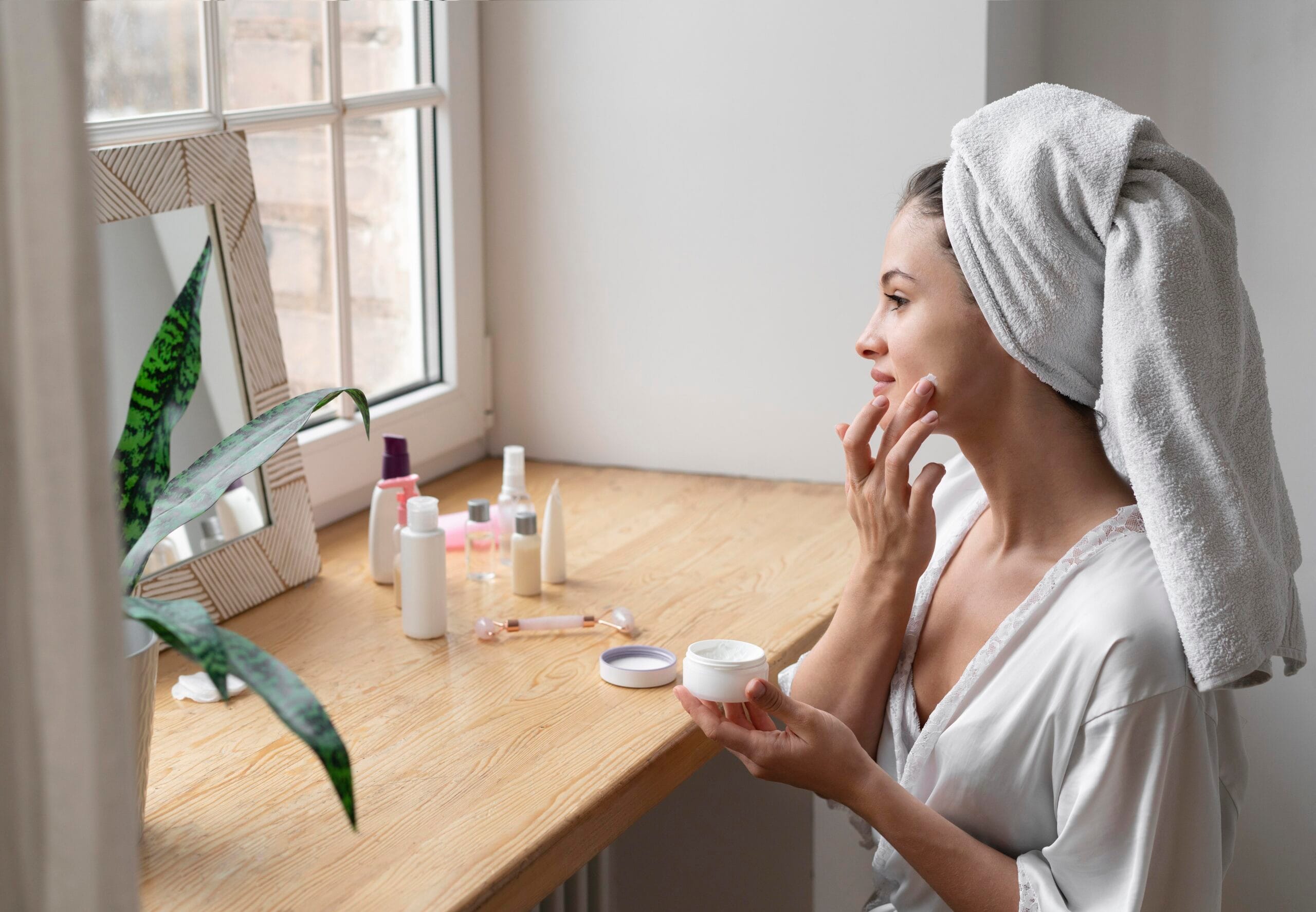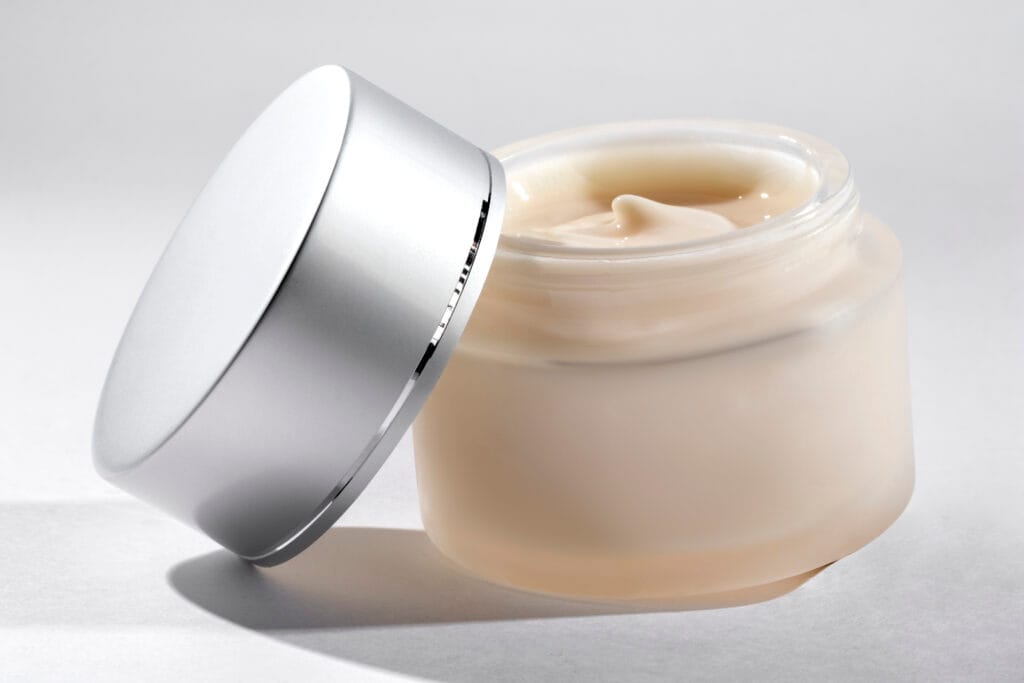
Why Don’t Cosmetics Spoil Easily? Understanding the Function and Side Effects of Preservatives

- Characteristics of a Good Preservative
- When Are Preservatives Not Needed?
- Safety and Side Effects of Preservatives
Any pharmaceutical product containing water is at high risk of microbial contamination. If left unchecked, microbes can compromise product stability and even harm consumers. Therefore, the use of antimicrobial preservatives is a crucial element in maintaining the safety and quality of pharmaceutical and cosmetic products.
Pharmaceutical products containing water, such as syrups, creams, gels, or liquid soaps, require protection against microbial contamination, which can compromise product stability or pose risks to consumers. Therefore, antimicrobial agents or preservatives are needed in such formulations. Antimicrobial preservatives are excipients used in both pharmaceutical and cosmetic products to prevent microbial or bacterial growth in non-sterile preparations due to accidental contamination during manufacturing.
The main purpose is to prevent spoilage caused by microbes. In the case of sterile goods packaged in multi-dose containers, antimicrobial preservatives are also needed to inhibit bacterial growth resulting from repeated dose withdrawal from the container. Besides preventing microbial spoilage, preservatives are used to enhance the activity and effectiveness of compounds in the product, extend shelf life, and improve product stability during storage.
Caution must be taken in the use of antimicrobial agents, as these substances can be highly hazardous. To ensure consumer safety, the concentration of preservatives used in the final product must be at levels that are not harmful to humans. If the formulation already includes active ingredients with antibacterial properties, then the amount of antimicrobial preservative should be kept to a minimum.
Additionally, it is important to distinguish between “antibacterial” and “antimicrobial preservatives”, though both inhibit microbial growth, they differ in definition. Antibacterials are agents that inhibit or kill specific types of bacteria, whereas antimicrobial preservatives are chemical substances added to a product to prevent spoilage caused by a broad range of microorganisms (bacteria, viruses, yeasts, fungi).
Characteristics of a Good Preservative
An ideal preservative should:
- Be effective against a wide range of microorganisms (bacteria, yeasts, viruses, fungi) even at low concentrations
- Be chemically and physically stable across a wide pH and temperature range—meaning it maintains activity during manufacturing, storage, and usage
- Be water-soluble
- Be compatible with various active substances and other excipients
- Be odorless, tasteless, and colorless
- Be non-toxic and non-irritating
- Not react with the container or closure (i.e., it should not absorb, penetrate, or interact with the packaging)
Read more:
The ultimate guide to cosmetic preservative selection
When Are Preservatives Not Needed?

Preservatives are not always necessary, depending on the product’s condition. A product may not require added preservatives if it is used immediately upon receipt and has been manufactured using proper procedures that minimize microbial contamination. It contains no water (since microbes need water to grow), such as tablets, powders, and hydrocarbon-based ointments.
It has a pH that is either very low (<3) or high (>9), as this range suppresses the growth of most microbes. It already contains antimicrobial active ingredients, which are sufficient to prevent microbial spoilage. Preservatives are also not recommended for newborns and infants, ophthalmic solutions intended for eye surgeries, corneal transplants, or intraocular injections, as also as parenteral products in quantities greater than 30 ml.
Safety and Side Effects of Preservatives
When selecting a preservative, it's important to consider potential harmful side effects. Although most preservatives are used at low concentrations and have a low potential for harm, their risks should still be weighed against those posed by microbial exposure. Ideally, a preservative should act only against microbes without affecting mammalian cells. However, some preservatives affect both.
Alcohols are generally considered safe preservatives. However, benzyl alcohol is not recommended for parenteral use due to its toxicity in infants. Cetyl and stearyl alcohol are rarely sensitizing.Phenylethanol and benzoic acid can cause mild irritation.
Parabens can also cause irritation and are not ideal for parenteral and ophthalmic products. Phenol and its derivatives, such as chlorocresol and chloroxylenol, may cause irritation, particularly at high doses or when applied to the central nervous system. Mercury-based preservatives, such as thimerosal, are controversial due to their toxicity and potential to cause allergic reactions.
Even EDTA, often considered safe, can cause bronchoconstriction, kidney toxicity, and calcium depletion if used improperly. Preservative use must take into account both antimicrobial efficacy and the potential risk to human health, especially in parenteral, ophthalmic, or topical products. Antimicrobial effectiveness testing is essential to verify that preservative systems are capable of protecting products from microbial contamination throughout their lifecycle.
Read more:
3 Recommended Cosmetic Testing Laboratories for Marketing Authorizations!
Ensure your cosmetic product formulation is effective in preventing the growth of harmful microbes. Conduct laboratory testing to ensure preservative levels remain safe for your consumers. With proper testing, your product's formula stability and safety can be maintained until it reaches consumers.
Author: Safira
Editor: Sabilla Reza
References:
Al-Rubaye, I. M. M. (2022). A review of the literature on antimicrobial preservatives: Definition, properties, classification, safety, side effects and antimicrobial effectiveness testing. Atena Journal of Public Health, 4(7).
Revive.gardp. 2025. Antibiotic, antibacterial and antimicrobial. Tersedia: https://revive.gardp.org/resource/antibiotic-antibacterial-and-antimicrobial/?cf=encyclopaedia#:~:text=Antibacterial:%20A%20drug%2C%20chemical%20or,%2C%20viruses%2C%20fungi%20and%20parasites, diakses pada 9 April 2025.



